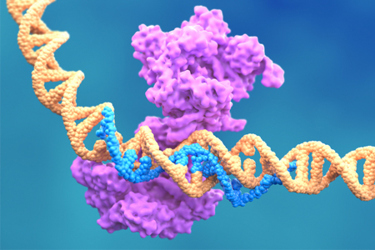Non-Viral TCR Knock-In Using LEG14 Nuclease And HDR Templates For T-Cell Engineering
By Chesney Michels, Director, Emerging Technology for Cell & Gene Therapy

Non-viral gene editing offers a promising alternative to viral transduction for engineering T-cells, with the potential for greater precision and reduced safety concerns. This study introduces LEG14, a proprietary Type II CRISPR nuclease from Life Edit, used to knock out the endogenous T-cell receptor (TCR) and insert an exogenous NYESO-1-targeting TCR via homology-directed repair (HDR). Two donor DNA templates were evaluated: Touchlight’s single-stranded MegabulbDNA (mbDNA) and next-generation plasmid DNA (NG pDNA). LEG14 combined with mbDNA achieved a twofold increase in anti-NYESO-1 TCR-positive cells compared to plasmid-based methods. The mbDNA template also supported integration of larger DNA sequences and showed enhanced compatibility with early electroporation protocols, which preserved cell viability and promoted expansion. While mbDNA delivery initially reduced cell viability by 10–20%, engineered T-cells recovered rapidly, reaching over 95% viability at harvest.
These findings highlight the importance of optimizing RNA ratios, electroporation timing, and template design to improve editing outcomes. Overall, the LEG14-mbDNA system demonstrates a scalable, non-viral workflow for generating transgenic T-cells, advancing the development of safer and more accessible cell therapies.
Get unlimited access to:
Enter your credentials below to log in. Not yet a member of Cell & Gene? Subscribe today.
